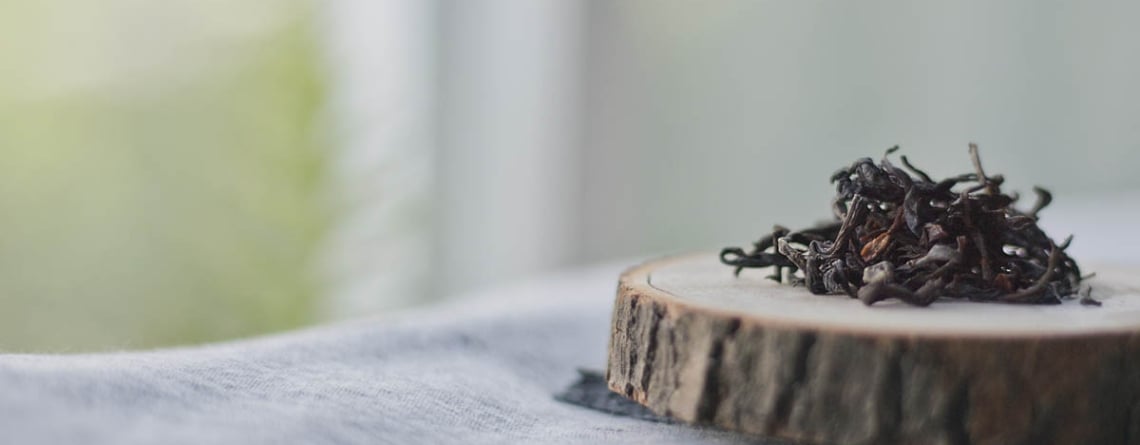An Introduction to Dian Hong Black Tea
Dian Hong. What is it and why should I drink it?
Dian Hong is a black tea and you should drink it because it’s delicious. That’s the short version at least. Dian Hong is actually black tea from the province of Yunnan. The Chinese characters are滇/Dian, which is both an older name for Yunnan and still used as a short version, and 红/Hong, which is simply “red”. Just to make things a little bit confusing, what we know as “black tea” in the west is actually called “red tea” in China. So whenever a Chinese tea label says red tea (红茶), it actually means black tea to us non-Chinese folk. Based on this short Chinese lesson, we now know that Dian Hong appropriately translates to “Yunnan Red”.
Dian Hong was “discovered” in 1938 during the Sino-Japanese war. Because black tea production close to the East coast of China was hindered by the Japanese invasion, China had to look elsewhere for production. Tea was a crucial export to help China obtain foreign support against the Japanese. At this point Feng Shaoqiu, a tea expert from the China Tea Trade Company and responsible for the popularity of Keemun black tea, was tasked with the mission of finding a new region for producing black tea. Sheltered in the Southwest of China, he discovered that the tea from Fengqing, Yunnan was an ideal area to start producing black tea for export. China wasted no time and began exporting Dian Hong in 1939.
What makes Dian Hong special is that it is produced from the large leaf variety tea tree indigenous to Yunnan. Dian Hong has a unique appearance thanks to the presence golden, strand-like tips in the tea. The end product is a sweet, fragrant and smooth, red- I mean, black tea with no noticeable bitterness or astringency. Of course these qualities also depend on the quality of the tea and the processing. As quality goes down, bitterness can increase.

In some cases you can also buy grades of Dian Hong that include only the golden buds. These are more delicate and sweeter than those that have a mix of leaf and buds, and usually more expensive too. Tea producers have recently began to experiment more in their methods of processing Dian Hongs in order to bring out the character of some of the ancient trees that are used. Some of the variations include spending a little more time roasting the leaves or finishing them by drying the tea in the sun instead of an oven.
While Puer tea still takes most of the glory for Yunnan these days, Dian Hongs are steadily becoming more and more popular. People just need to give them a chance. Brewing style will vary from tea to tea. Lower quality Dian Hongs may be best off steeped in a pot or cup, while some higher quality ones can endure a gongfu brewing session lasting several infusions. Personally, the latter is the type of tea I’m after. These are also the same ones that will be smooth and sweet, and won’t leave behind any bitterness.
This post has been brought to you by a tall glass of cold brewed Dian Hong.



Leave a Reply
You must be logged in to post a comment.